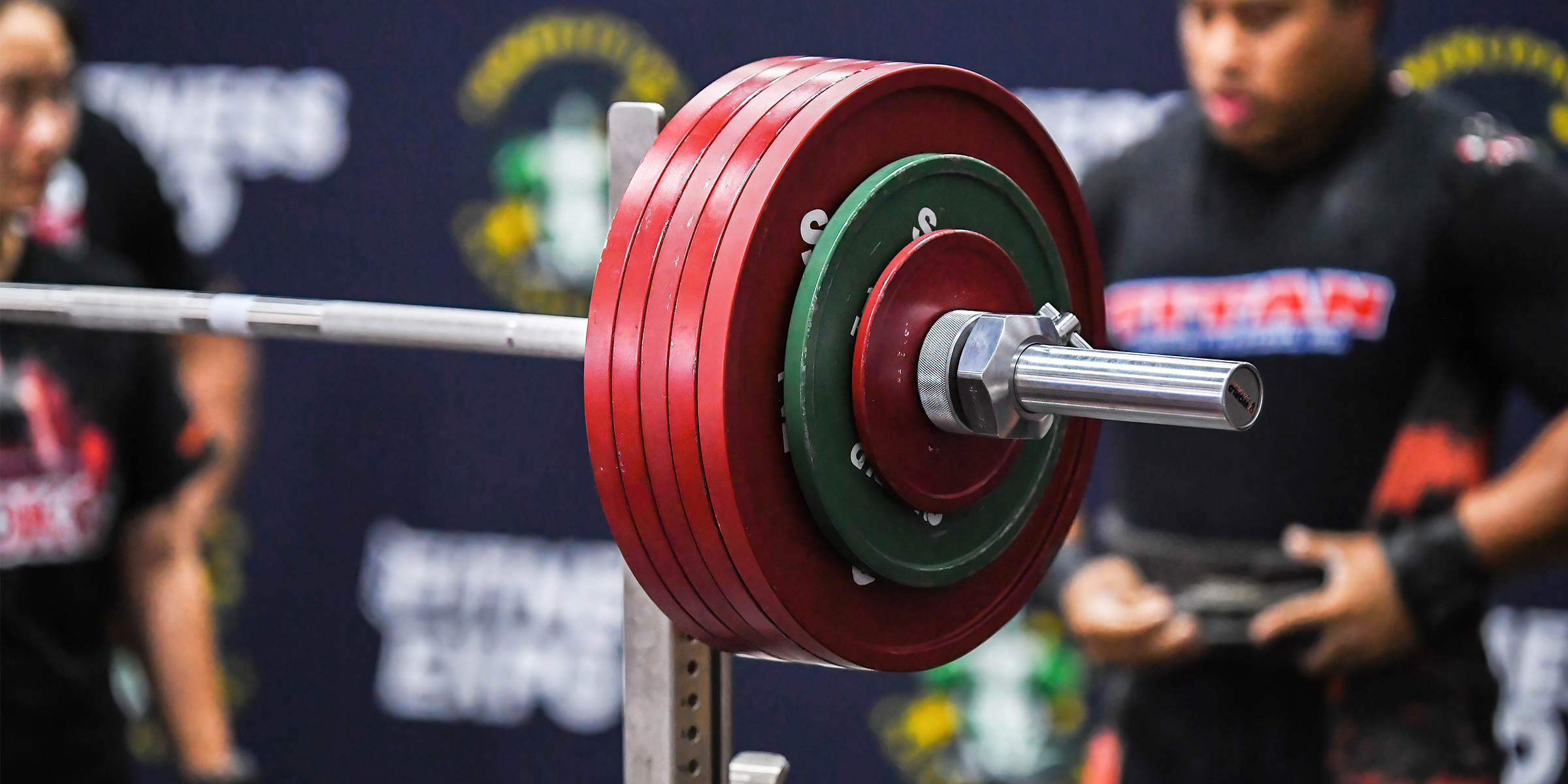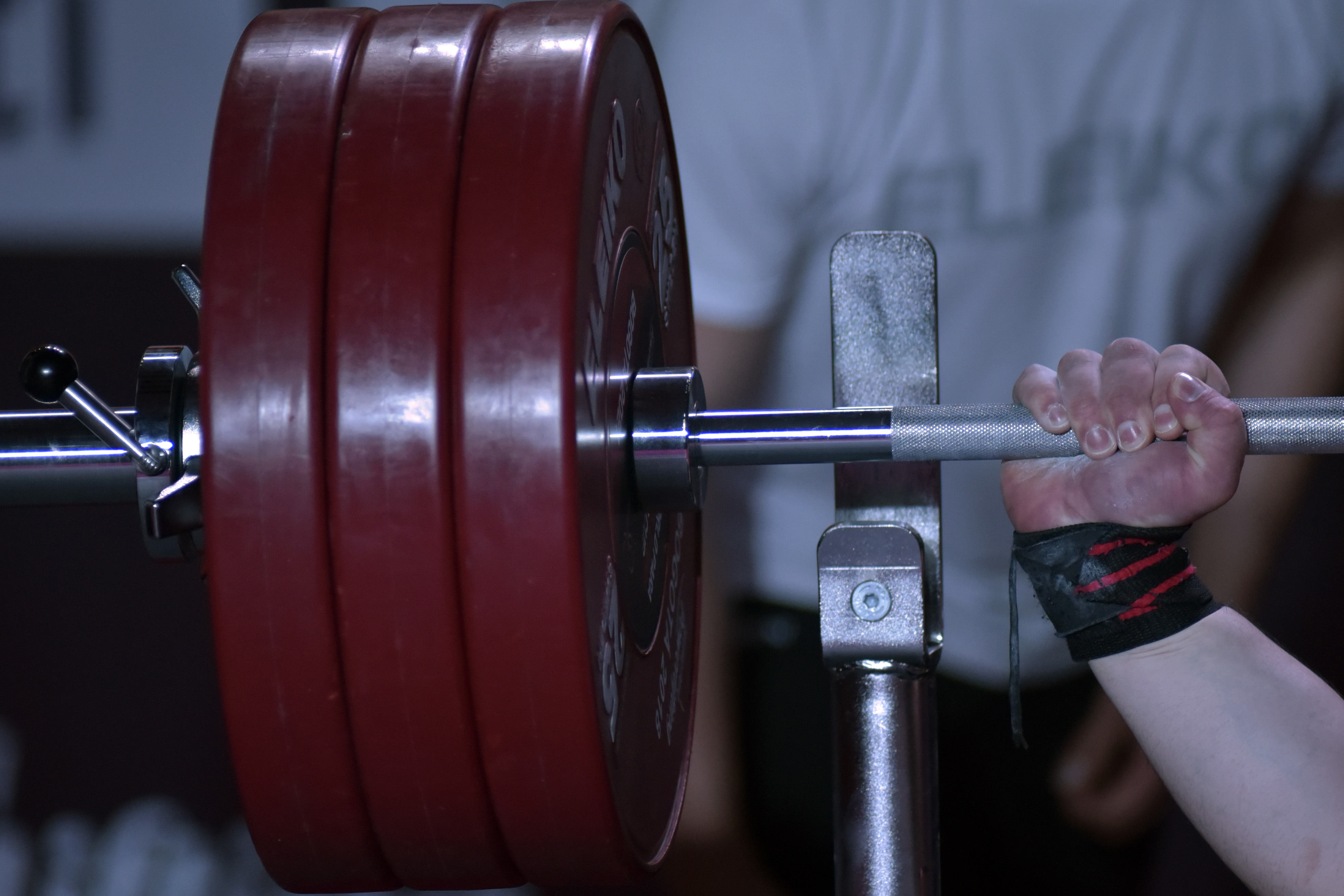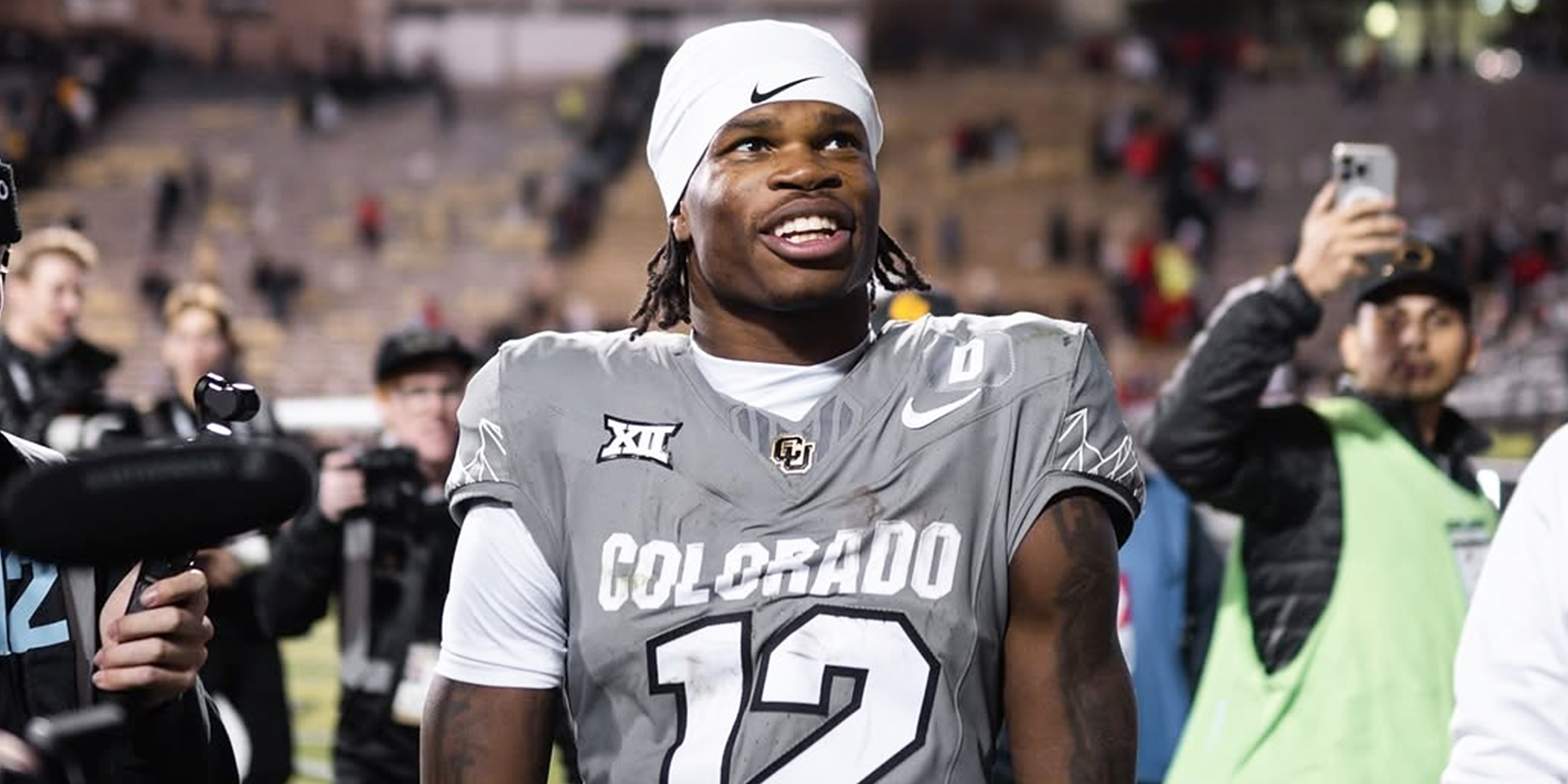When you hear about a young athlete losing their life, it hits hard. The world of powerlifting has been shaken by the sudden and tragic death of a 17-year-old powerlifter. This isn't just another story; it's a wake-up call for everyone involved in the sport. We need to talk about it, understand what happened, and figure out how we can prevent this from happening again.
The world of competitive sports is intense, especially for teenagers who are just starting to explore their potential. For this young athlete, the journey came to an abrupt end, leaving behind a legacy of talent and determination, but also questions about safety and preparedness. This is more than just a news story—it's a conversation we need to have.
As we dive deeper into the details, it's crucial to understand the factors that contributed to this tragedy. From training methods to medical oversight, every aspect plays a role in ensuring athletes stay safe while pushing their limits. Let's not let this incident pass without learning from it.
- Decoding The Gali Gool Leak What You Need To Know Now
- Beware Listeria Risk In Ramen Symptoms Prevention Guide
Table of Contents
- Biography: Who Was This Young Powerlifter?
- The Incident: What Happened That Day?
- Safety Concerns in Powerlifting
- Mental Health in Young Athletes
- Training Methods: Are We Doing Enough?
- Medical Support: Where Was the Backup?
- Impact on the Community
- Prevention: What Can We Do?
- Long-Term Effects on Powerlifting
- Final Thoughts
Biography: Who Was This Young Powerlifter?
Before we dive into the details of the incident, it's important to remember the person behind the headlines. This young powerlifter was more than just a competitor; they were a dedicated athlete with dreams as big as their potential. Let's take a moment to understand who they were.
Early Life and Achievements
From a young age, this athlete showed an incredible passion for strength training. They started lifting weights at 14, quickly rising through the ranks to become one of the most promising powerlifters in their age group. Their achievements were remarkable, breaking records and inspiring others to push their limits.
Here’s a quick look at their accomplishments:
- Exploring Onlyfans Sondra Blust Fame Content And More
- Discover Bacteria Ramen A Gutfriendly Culinary Innovation
- Two-time national champion in their weight category.
- Youngest athlete to achieve a 500-pound deadlift in their league.
- Recognized by coaches and peers for their dedication and sportsmanship.
Personal Data
Let’s take a closer look at some key details about this young athlete:
| Full Name | [Name] |
|---|---|
| Age | 17 |
| Home Town | [Location] |
| Years in Powerlifting | 3 |
| Favorite Lift | Deadlift |
The Incident: What Happened That Day?
On the day of the tragedy, everything seemed normal. The competition was underway, and the atmosphere was filled with excitement and anticipation. But as the young athlete prepared for their final lift, things took a turn for the worse. Witnesses reported seeing signs of distress, but it was too late to intervene.
Medical professionals arrived on the scene quickly, but the damage had already been done. The exact cause of death is still under investigation, but preliminary reports suggest a combination of factors, including physical exertion and possible underlying health issues.
Safety Concerns in Powerlifting
This incident has sparked a much-needed conversation about safety in powerlifting. While the sport is inherently challenging, there are steps that can be taken to ensure athletes remain safe while pushing their limits.
Equipment and Technique
Using the right equipment and mastering proper technique are crucial for preventing injuries. Many young athletes focus too much on lifting heavier weights without paying attention to form. This can lead to serious consequences, as we’ve seen in this case.
Some key points to consider:
- Always use spotters when attempting heavy lifts.
- Ensure equipment is in good condition and properly adjusted.
- Focus on technique over weight.
Mental Health in Young Athletes
Mental health is often overlooked in the world of competitive sports, but it plays a vital role in an athlete's overall well-being. The pressure to perform can be overwhelming, especially for teenagers who are still developing emotionally and mentally.
Experts suggest that coaches and parents need to be more aware of the mental health needs of young athletes. Creating a supportive environment where athletes feel comfortable discussing their struggles is essential for their long-term success and safety.
Training Methods: Are We Doing Enough?
Training methods have evolved over the years, but are they keeping up with the demands of modern sports? Many experts believe that more emphasis should be placed on gradual progression and recovery rather than pushing athletes to their limits too quickly.
Key Considerations
Here are some things to keep in mind when designing training programs:
- Incorporate rest days into the schedule.
- Focus on building a strong foundation before moving on to advanced techniques.
- Regularly assess athletes' physical and mental readiness.
Medical Support: Where Was the Backup?
One of the most pressing questions following this tragedy is whether there was adequate medical support available during the competition. While organizers claim they followed all necessary protocols, many are calling for stricter regulations and better emergency preparedness.
Having trained medical personnel on-site and readily accessible equipment, such as defibrillators, could make all the difference in life-or-death situations. It's time for the powerlifting community to take a closer look at their emergency response plans and make improvements where needed.
Impact on the Community
The loss of this young athlete has left a lasting impact on the powerlifting community. Coaches, teammates, and fans alike are grappling with the reality of what happened and how it could have been prevented. Many are using this moment to reflect on the importance of safety and support in sports.
Community initiatives are being launched to honor the memory of the athlete and promote safer practices in powerlifting. It's a testament to the strength and resilience of the community in the face of tragedy.
Prevention: What Can We Do?
Preventing future incidents starts with education and awareness. Coaches, athletes, and parents need to work together to create a safer environment for everyone involved in powerlifting. Here are some actionable steps:
- Implement mandatory safety training for all participants.
- Encourage open communication about mental and physical health.
- Invest in better medical support at competitions.
Long-Term Effects on Powerlifting
This tragedy will undoubtedly have long-term effects on the sport of powerlifting. As the community comes together to address safety concerns, we may see changes in rules, regulations, and training methods. It's a necessary evolution that will help protect future generations of athletes.
Some potential changes include:
- Stricter guidelines for weight progression.
- Increased emphasis on mental health support.
- Enhanced medical oversight at competitions.
Final Thoughts
The loss of a 17-year-old powerlifter is a devastating reminder of the importance of safety in sports. While we can't change what happened, we can learn from it and work towards a safer future for all athletes. Let's honor their memory by making the changes needed to prevent similar tragedies from occurring again.
We invite you to share your thoughts and experiences in the comments below. Together, we can create a safer and more supportive environment for young athletes everywhere. Don't forget to check out our other articles for more insights into the world of sports and fitness.
- Exploring Onlyfans Sondra Blust Fame Content And More
- Tyler Higbee Injury Update When Will He Return To The Rams


